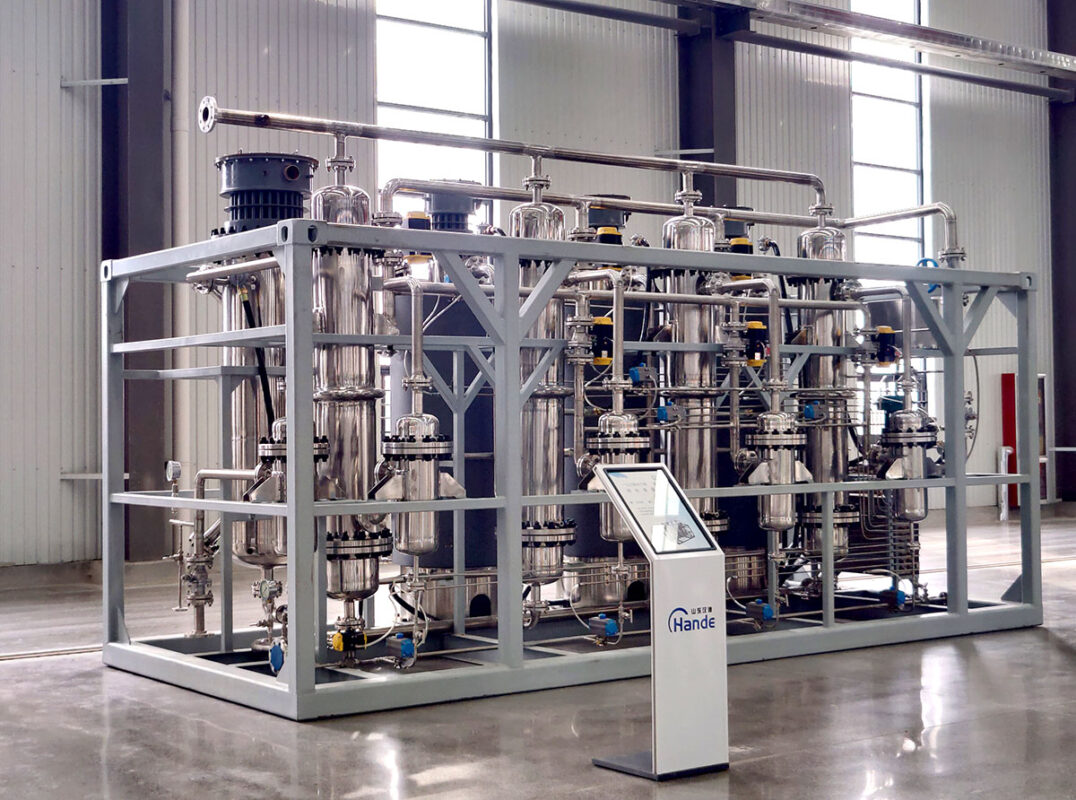Hydrogen stands out as a clean and renewable energy source with diverse applications, ranging from fuel cells to transportation. Electrolysis, a prevalent method of hydrogen production, involves splitting water into hydrogen and oxygen using an electrical current. Two primary types of electrolysis, alkaline and PEM (proton exchange membrane), are pivotal in this process. This article focuses on delineating the advantages of alkaline electrolysis for hydrogen production.
Enhanced Efficiency
Alkaline electrolysis exhibits superior efficiency compared to PEM electrolysis. This is attributed to the higher conductivity of the alkaline electrolyte used in the process, surpassing that of the PEM membrane. This elevated conductivity enables a higher current density, resulting in a faster electrolysis rate. Consequently, more hydrogen can be generated in a shorter timeframe. Moreover, the cost-effectiveness of alkaline electrolysis is underscored by the lower expense associated with the alkaline electrolyte compared to the PEM membrane.
Flexibility in Input Water Quality
Alkaline electrolysis showcases adaptability by utilizing diverse water sources, including tap water, seawater, and wastewater. The alkaline electrolyte employed in the process exhibits a broader tolerance for impurities compared to the PEM membrane. This versatility in handling different water qualities positions alkaline electrolysis as a pragmatic choice for hydrogen production across varied locations and scenarios.
Scalability
A notable attribute of alkaline electrolysis is its high scalability. The process can be effortlessly adjusted to produce hydrogen at various scales. The simplicity of the equipment required for alkaline electrolysis facilitates easy scaling up or down based on production requirements. Additionally, the stability and non-corrosive nature of the alkaline electrolyte contribute to the ease of maintenance and operation, particularly at larger scales.
Conclusion
Alkaline electrolysis emerges as a highly efficient, flexible, and scalable method for hydrogen production, presenting notable advantages over PEM electrolysis. Its enhanced efficiency, adaptability to different water qualities, and scalability make it a cost-effective and versatile choice for hydrogen production. As the global shift towards cleaner and sustainable energy gains momentum, alkaline electrolysis is poised to play a pivotal role in shaping the future of hydrogen production.

